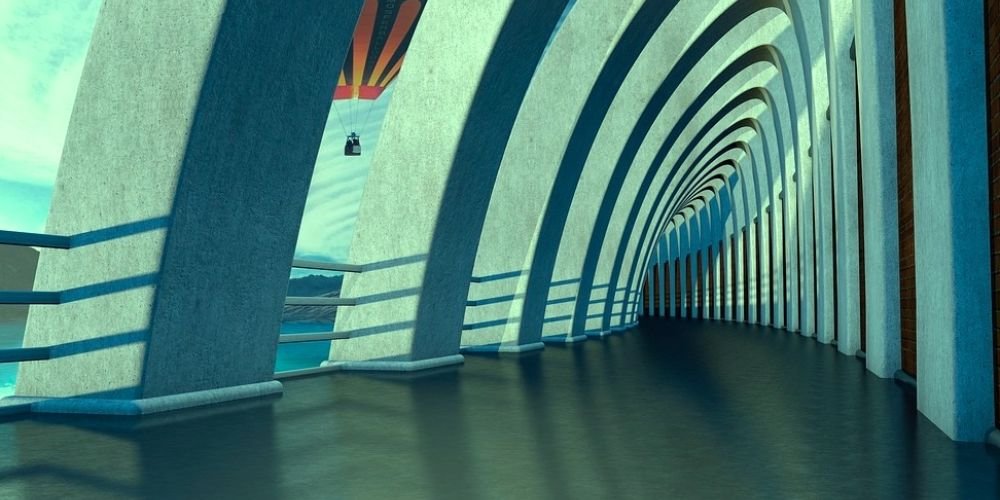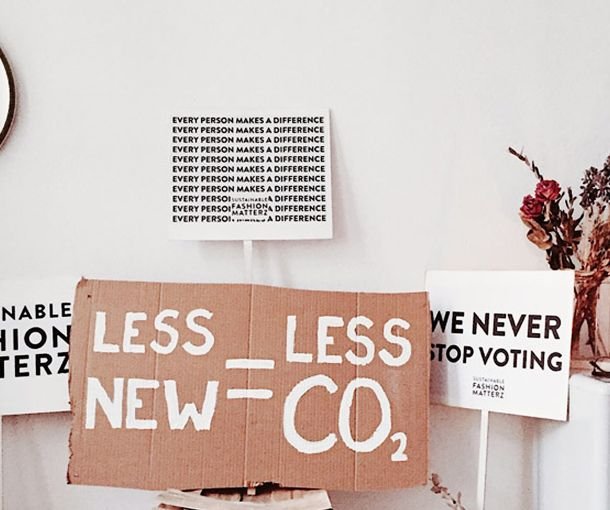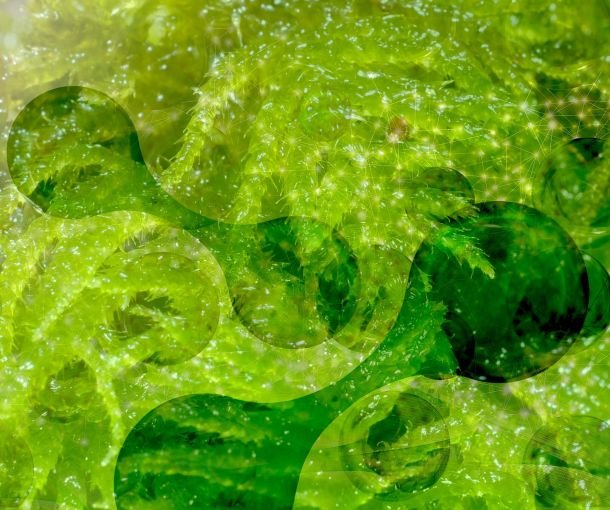Building a Sustainable Future: Macroalgae in Green Concrete

Introduction
The construction industry, while essential, is a significant contributor to global carbon dioxide (CO2) emissions. Finding eco-friendly alternatives to traditional building materials is crucial for reducing this environmental impact. One promising solution is the integration of macroalgae, commonly known as seaweed, into green concrete. In this article, we will explore how macroalgae can help develop market-viable bio-based green concrete with lower CO2 emissions.
Challenges in Traditional Concrete Production
Traditional concrete is made by combining cement, aggregates, and water. The production of cement, a key ingredient, is energy-intensive and releases a substantial amount of CO2 into the atmosphere. Additionally, the extraction of raw materials like sand and gravel can lead to habitat destruction and resource depletion. Green concrete seeks to address these issues by incorporating sustainable and renewable materials like macroalgae.
Benefits of Using Macroalgae in Green Concrete
Carbon Sequestration: Macroalgae are highly efficient at absorbing CO2 during photosynthesis. By using macroalgae as an ingredient, green concrete can act as a carbon sink, sequestering CO2 and helping to reduce greenhouse gas emissions.
Resource Efficiency: Utilizing macroalgae reduces the need for traditional aggregates like sand and gravel, which are often mined at the expense of natural ecosystems. This makes green concrete more resource-efficient and sustainable.
Improved Durability: Macroalgae contain minerals that can enhance the durability of concrete. This results in longer-lasting structures, reducing the need for maintenance and repairs, which can be resource-intensive.
Energy Savings: Incorporating macroalgae-derived materials can potentially reduce the energy required in the production of concrete, leading to lower CO2 emissions associated with manufacturing.
Challenges and Solutions
Material Compatibility and Consistency
Challenge: Ensuring that macroalgae-derived materials are compatible with other concrete components and that the resulting mixtures have consistent properties is crucial for construction.
Solution: Rigorous testing and quality control are essential to verify the compatibility and consistency of macroalgae-based concrete. Collaboration between material scientists and concrete experts can help overcome this challenge.
Scalability of Macroalgae Cultivation
Challenge: Large-scale cultivation of macroalgae for concrete production requires infrastructure, resources, and sustainability considerations.
Solution: Integrated Multi-Trophic Aquaculture (IMTA), combining macroalgae farming with other marine species, can promote sustainable cultivation practices. Public-private partnerships can help scale up cultivation efforts.
Regulatory Approval and Standards
Challenge: Developing standardized regulations and quality standards for macroalgae-based concrete is necessary to ensure its safe and reliable use in construction.
Solution: Collaboration between the construction industry, regulatory bodies, and research institutions can establish clear guidelines for macroalgae-based concrete. Transparency and adherence to safety standards are paramount.
Consumer Acceptance and Awareness
Challenge: Convincing builders, developers, and consumers of the benefits and safety of macroalgae-based concrete is crucial for market adoption.
Solution: Education and awareness campaigns, as well as showcasing successful projects, can build trust and promote the use of green concrete. Certification programs can provide assurance of quality.
Conclusion
Macroalgae have the potential to revolutionize the construction industry by creating market-viable bio-based green concrete with lower CO2 emissions. By addressing challenges related to material compatibility, scalability of cultivation, regulatory approval, and consumer acceptance, we can unlock the full potential of this sustainable building material. With collaborative efforts from researchers, industry players, and policymakers, we can construct a greener and more sustainable future.
References:
Esmaeilzadeh, R., & Shokrieh, M. M. (2021). A review on macroalgae as green construction material. Construction and Building Materials, 288, 123074.
Nguyen, V. T., & Memon, S. A. (2021). Feasibility of seaweed-based construction materials as a sustainable alternative in the building industry. Journal of Cleaner Production, 320, 128861.
Jonkers, H. M., & Schlangen, E. (2010). Self-healing of asphalt and concrete structures using embedded rejuvenators. Proceedings of the Institution of Civil Engineers-Construction Materials, 163(2), 65-75.
Ooi, M. K., & Mansor, M. F. (2021). The mechanical and durability properties of cement paste containing macroalgae powder as partial cement replacement. Construction and Building Materials, 274, 121889.


